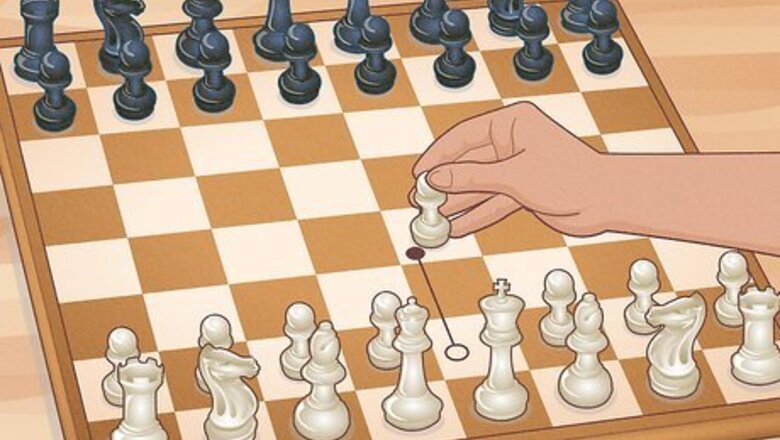
views
- To perform Scholar’s Mate, move a pawn from e2 to e4. No matter what your opponent does for their opening move, position your king’s bishop on c4.
- Advance your queen to h5 if black played their knight to c6. If black responds with their knight to f6, capture the pawn on f7 with your queen to checkmate their king.
- In full chess notation, Scholar’s Mate is: 1. e4 e5 2. Bc4 Nc6 3. Qh6 Nf6 4. Qxe7 #
Performing the Scholar’s Mate as White
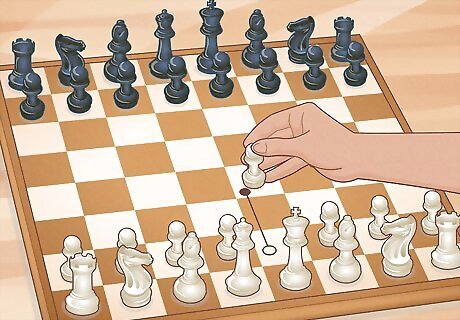
Advance your king's pawn forward two squares from e2 to e4. For your opening move as white, take the pawn in front of your king and push it 2 squares forward to e4. This play moves your pawn toward the center of the board, which is important to control in a chess game, and it also frees up your king’s bishop and queen. It doesn’t matter what piece black moves for their first turn, but the mainline theory or strategy is for black to move their pawn to e5. Since moving a pawn to e4 is a common opening move, your opponent may not suspect that you’re trying a Scholar’s mate and play into your trap. You may only do Scholar’s Mate if you’re playing white. If you’re playing as black, then you may only defend against it.
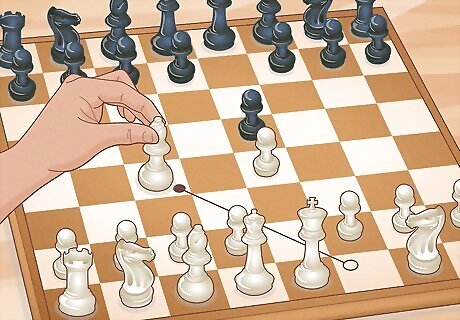
Move your king’s bishop 3 squares diagonally from f1 to c4. Take the bishop that’s next to your king and slide it to c4. In this position, your bishop will threaten your opponent’s pawn on f7 and set up one side of your attack. Black will usually respond by moving the knight at b8 to c6 to project the pawn at e5, or they may push their king’s bishop forward to c5 to put pressure on your pawn at f2.
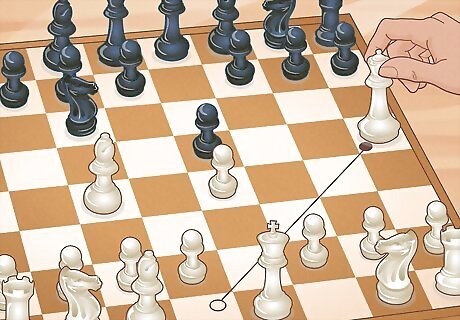
Position your queen on h5 to put pressure on your opponent’s pieces. Take your queen and move it diagonally toward the side of the board until it’s on h5. Your queen will threaten the black pawn at F7 just like your bishop on the other side of the board. If your opponent isn’t familiar with Scholar's Mate, they will most likely move their knight to f7 to attack your queen, which will set you up for the final move of the play. However, experienced players may know what's coming and make a more defensive play. You may swap move your queen on your second move and your bishop on the third move instead, but it may make it more apparent that you’re trying to do Scholar’s Mate.
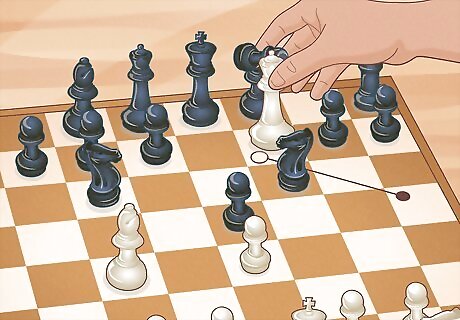
Capture the pawn at f7 with your queen to checkmate black. If your opponent has fallen for Scholar’s Mate, just move your queen to f7 and take the pawn there to win your chess game. Your queen now threatens the black king, and they won’t be able to make any moves that put them out of danger. They also won’t be able to take your queen because it’s protected by your bishop on c6. If you’re notating chess, Scholar’s Mate would read:1. e4 e52. Bc4 Nc63. Qh6 Nf64. Qxe7 #
Defending Against Scholar’s Mate as Black
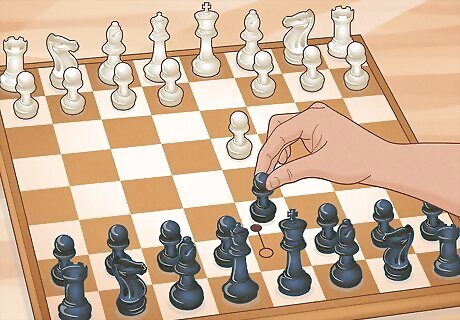
Open with moving a pawn to e6 to stop the Scholar’s Mate early on. If you notice the white player opens the game by moving their pawn to e4, try to avoid the Scholar’s Mate board setup by only moving your king’s pawn 1 space forward. This blocks the path for the white bishop and helps you win the chess opening. Continue setting up the “French Defense” by moving the queen’s pawn to d5 on your next turn and a pawn to c5 the following turn. This builds a defensive wall and vie for control of the center of the board.
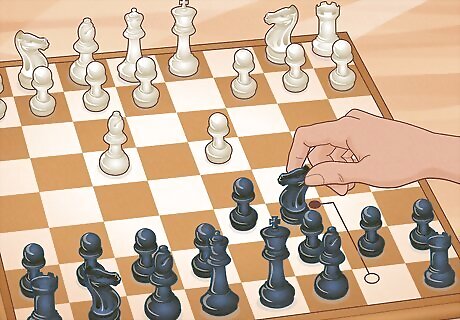
Push your knight to f6 early to prevent the attack from white’s queen. Rather than waiting until the third turn to move your knight, take the initiative and move it a turn early to f6. That way, you’re already attack the white pawn on e4 and you’re blocking the h5 square so your opponent is less likely to move their queen there. White may respond by moving a pawn to d3 to defend the e4 square. You can respond by moving a pawn to c6 followed by a pawn to d5 to protect the center of the board and put pressure on your opponent’s pieces.
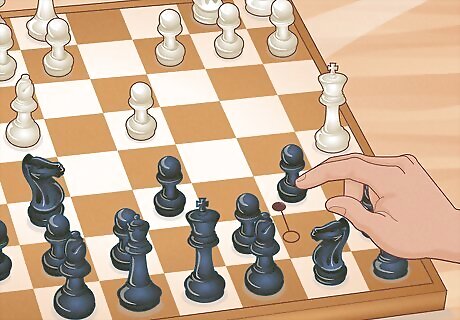
Move the pawn from g7 to g6 to put pressure on your opponent’s queen. If white moves their queen to h8, defend with your pawn rather than trying to bring your knight out. Putting a pawn on g6 directly attacks the white queen and prevents them from reaching the f7 square, and they won’t want to sacrifice their strong piece just to capture one of your pawns. Most likely, white will move their queen back to f3 so it’s not in danger but still attacking the pawn on f7. Now respond by moving your knight to f6 as an extra line of defense.
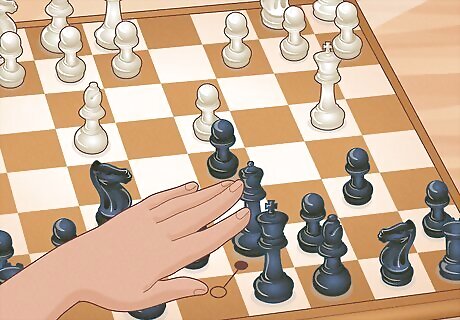
Try advancing your queen to e7 or f6 as a last line of defense. After white moves their queen, retaliate by bringing your queen out diagonally. Stopping on e7 protects the pawns at e4 and f7, but it prevents your bishop from moving out on the board. Going to f6 with your queen instead still defends the same pieces but may leave your queen more vulnerable. Moving your queen early may put it at risk of getting captured, so it’s usually best to try a different opening defense if you’re able to.

















Comments
0 comment